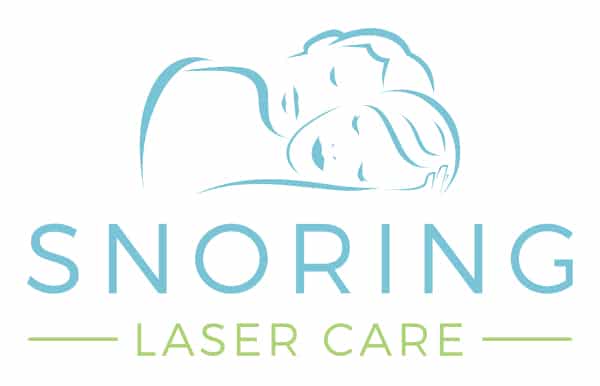Have you heard this before: “A lady doesn’t snore. She purrs.”? We’ve also heard other people explain it as a ‘light, quiet snore’ or ‘it’s just me breathing’. Regardless of what you dress it up as, the fact is, any noise escaping your mouth while you sleep is classified as snoring.
Snoring can be ‘normal’. There are certain occasions when circumstances may increase your chance of snoring, like having indulged in heavy drinking or when you have a cold, for example. These instances are of no concern because, while they may annoy your co-sleeper, they are infrequent. It is when the snoring becomes a regular occurrence, and can’t be explained away by circumstance, that you should be concerned.
Sometimes snoring can also be a positional issue. For example, many people snore when they are sleeping on their back or when their head isn’t positioned correctly on the pillow. This type of snoring, while not the most alarming degree, should still be addressed by a medical professional as it could impede your quality of sleep.
Then there is the regular – regardless of your sleep position and circumstances – snorer. This type of snoring is referred to as a disease because it can lead to severe issues and even Obstructive Sleep Apnoea (OSA). ‘Disease’ level snoring can be life-threatening because it reduces, and occasionally completely cuts-off, your oxygen supply. This degree of snoring needs to be treated.
So how can you tell what type of snorer you or your partner are and whether you need to seek medical treatment for it? Well, the first answer can be as simple as determining whether the snoring is circumstantial, positional or frequent. Once you have that answer, then you need to look at the decibel and rhythm of the snore, because:
- Sufferers of OSA have a different rhythm to their snoring than habitual snorers. OSA patients tend to have a more “stop-start” rhythm due to their condition causing them to wake up at regular intervals.
- Clinical studies* have also shown that there is a link between snoring intensity, decibel and OSA. This link was so conclusive that it was determined that these factors are a reliable measure for a diagnosis of sleep apnoea.
- The sound/decibel of the snoring can also help professionals determine airflow restrictions and the amount of respiratory effort the snorer is exerting. These measures then help professionals determine the type of treatment necessary.
While we are sure you can determine some of these measures yourself, we still highly recommend that anyone suffering from snoring seek medical advice.
Why not contact us to book a consultation where we can tell you if your snore is a purr or a roar?
References:
*Maimon, N. and Hanly, P.J. (2010). Does Snoring Intensity Correlate with the Severity of Obstructive Sleep Apnea?. Journal of Clinical Sleep Medicine. Oct 15; 6(5): 475-478
